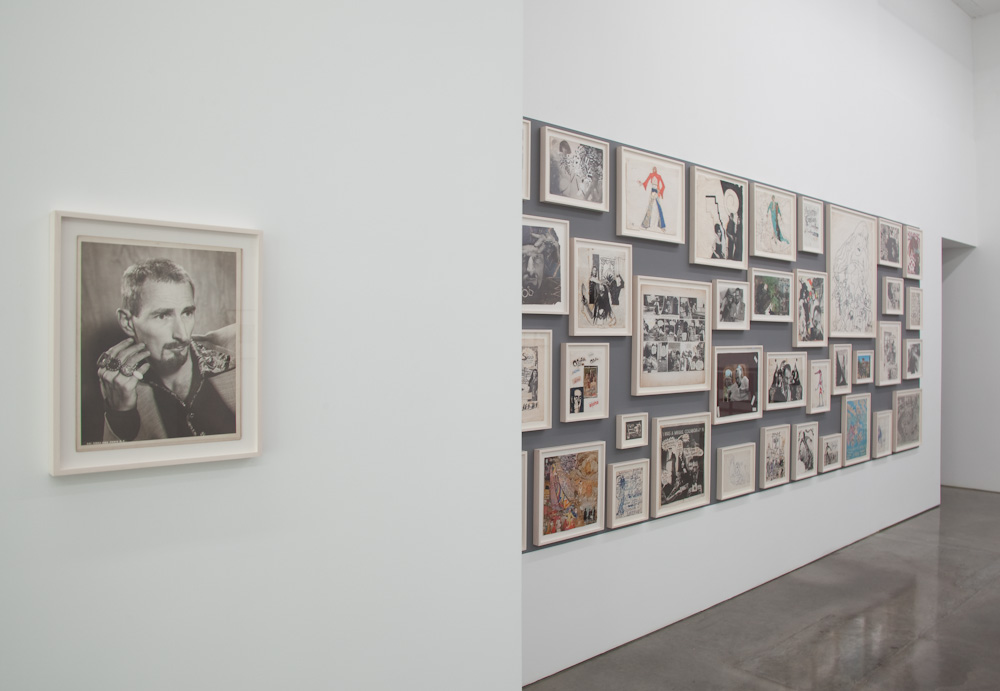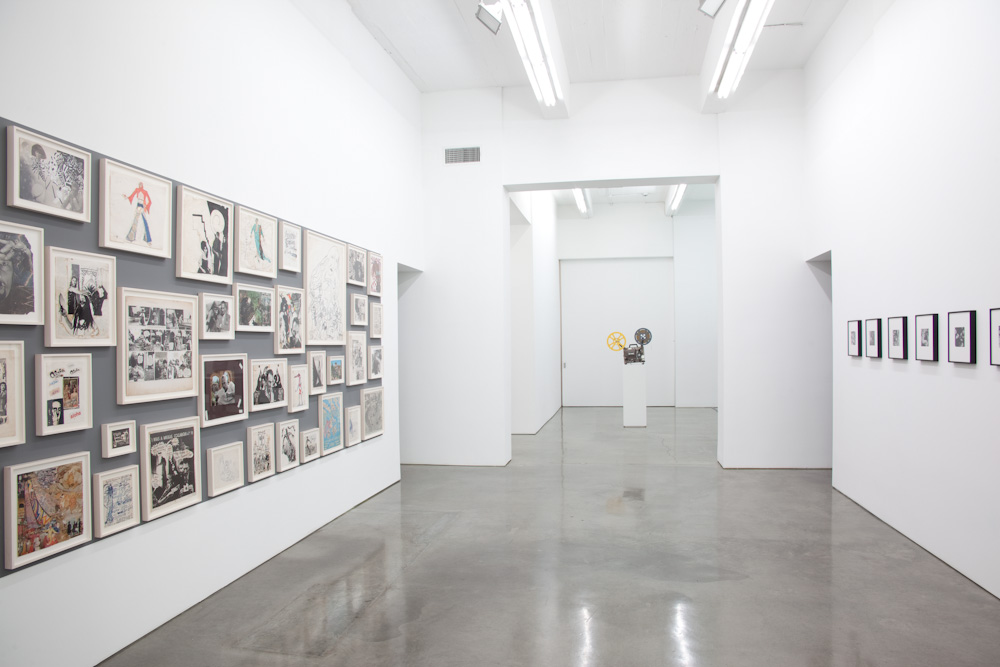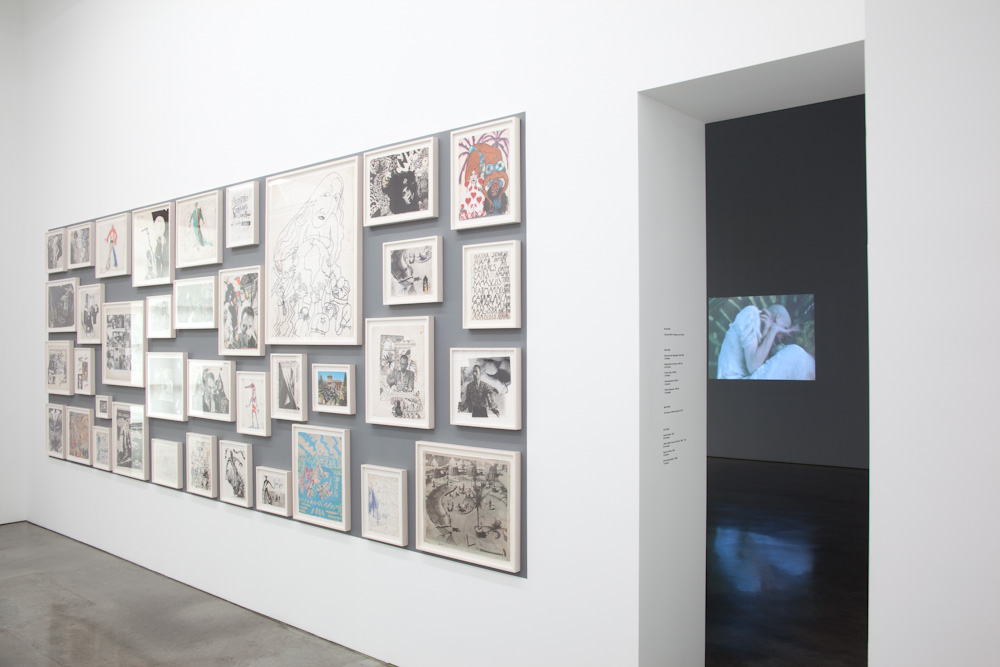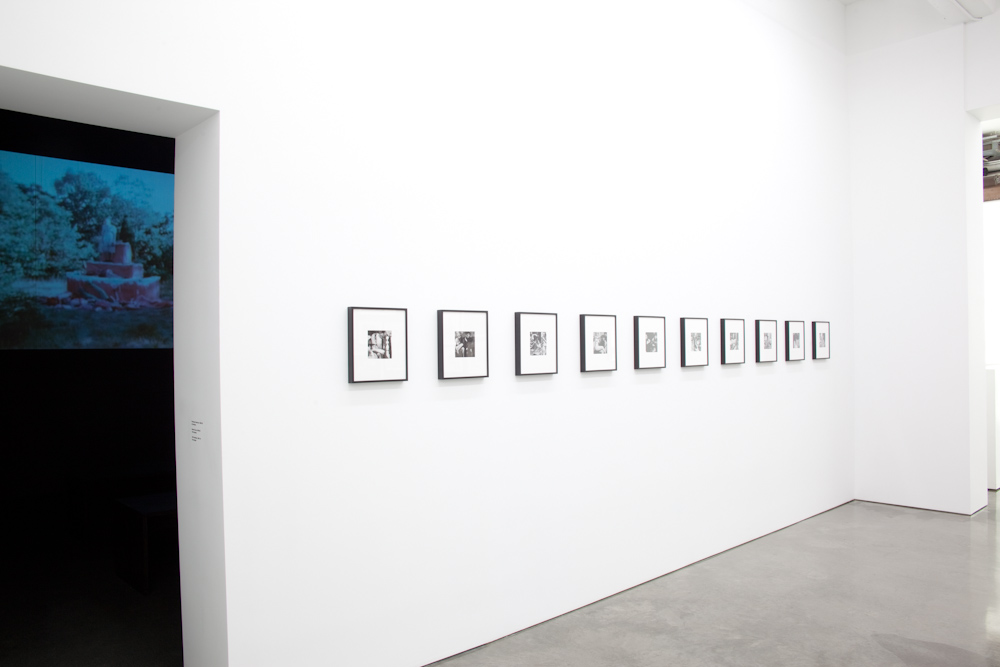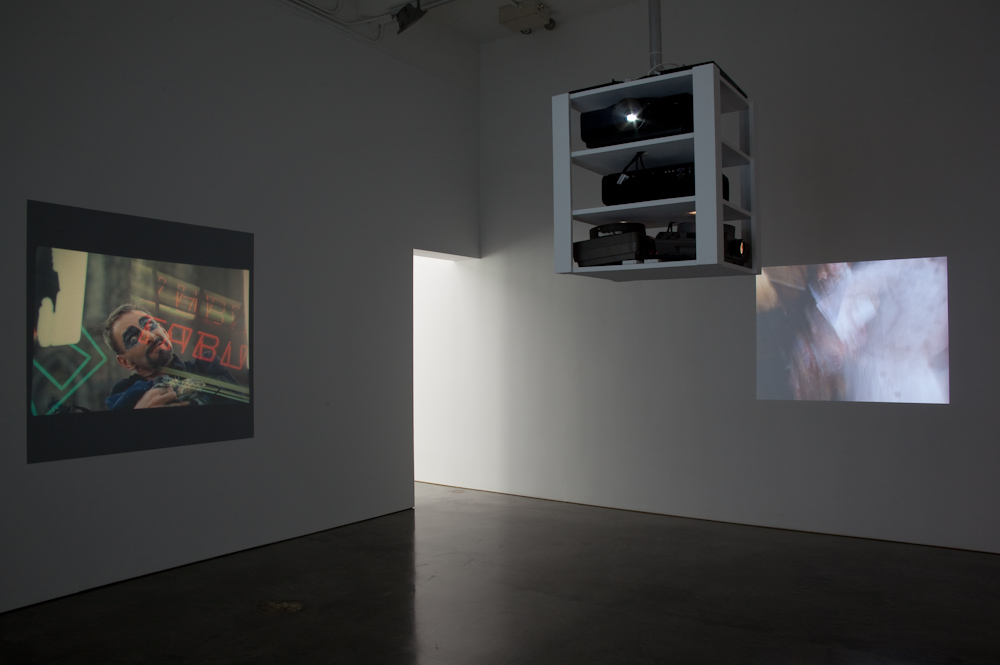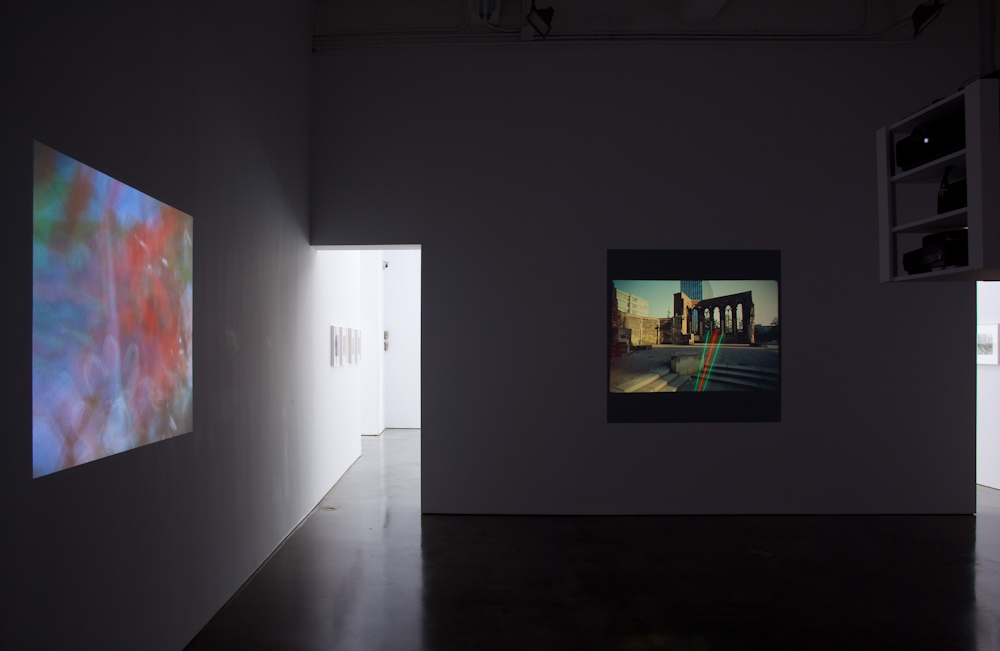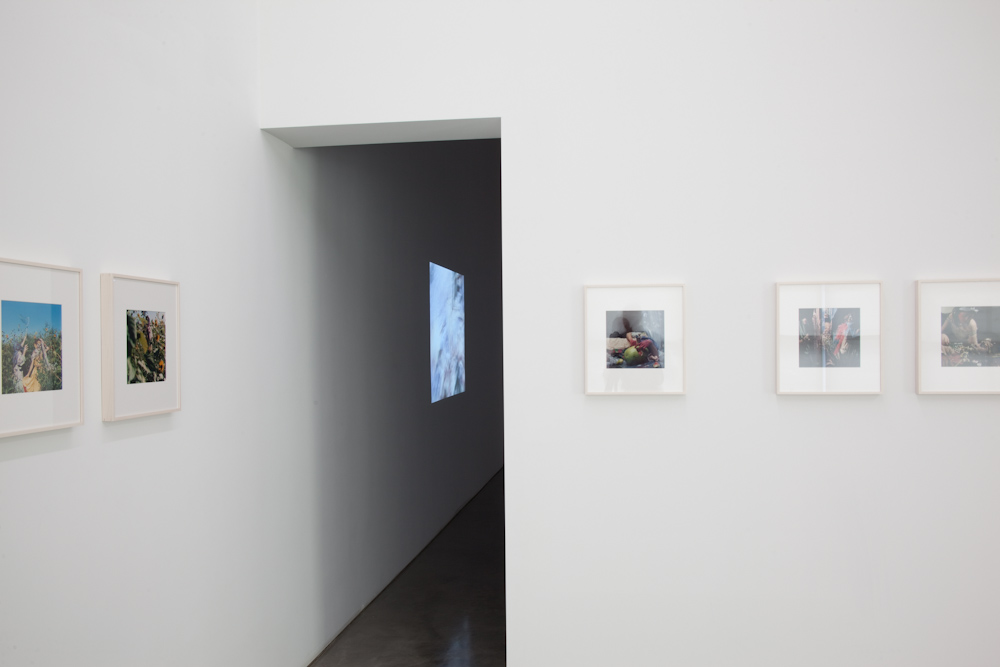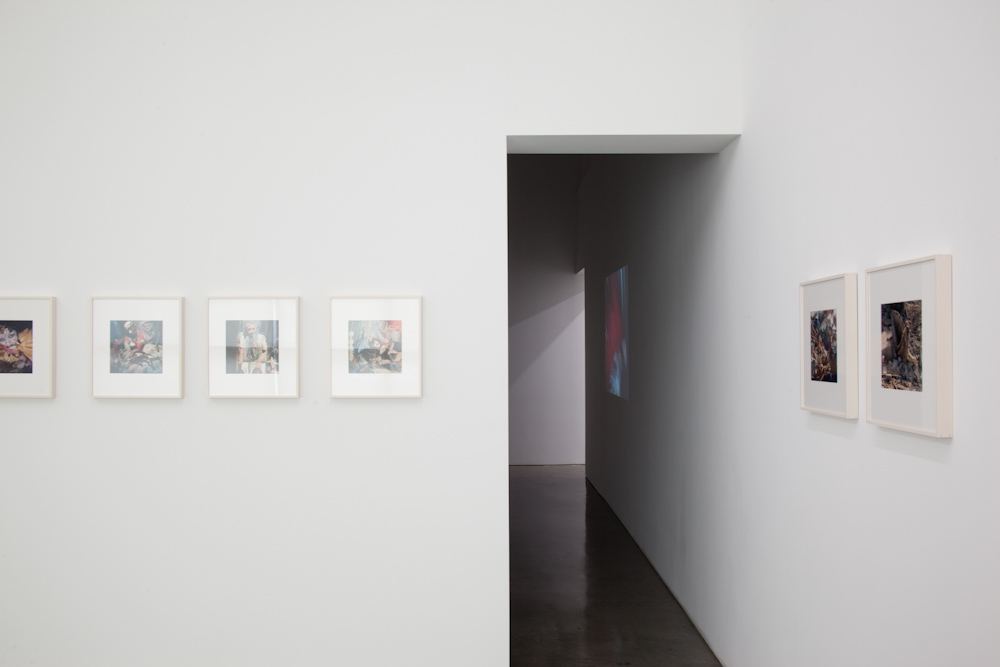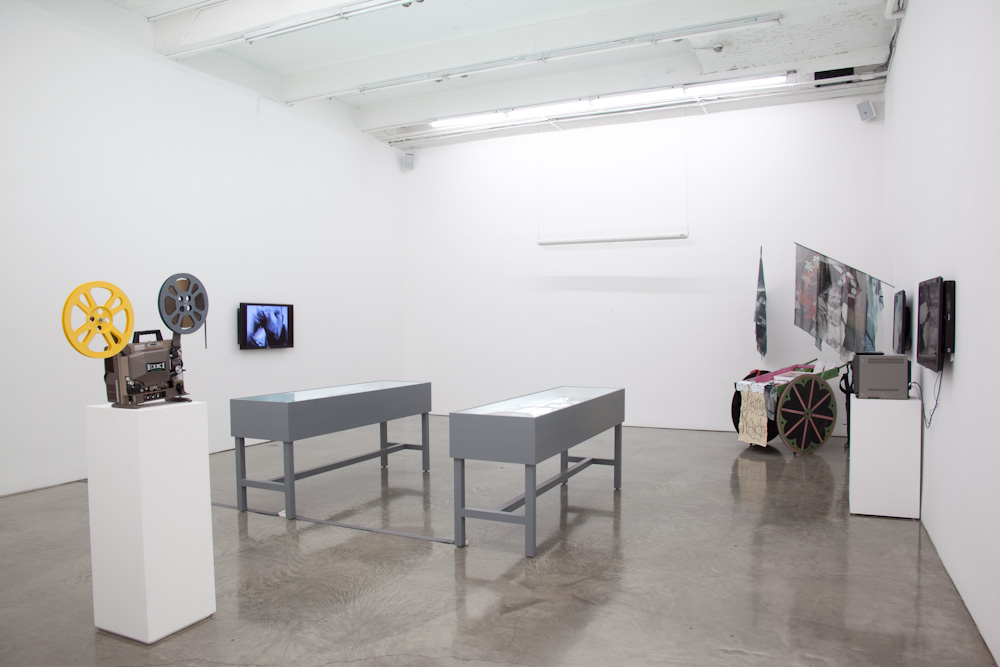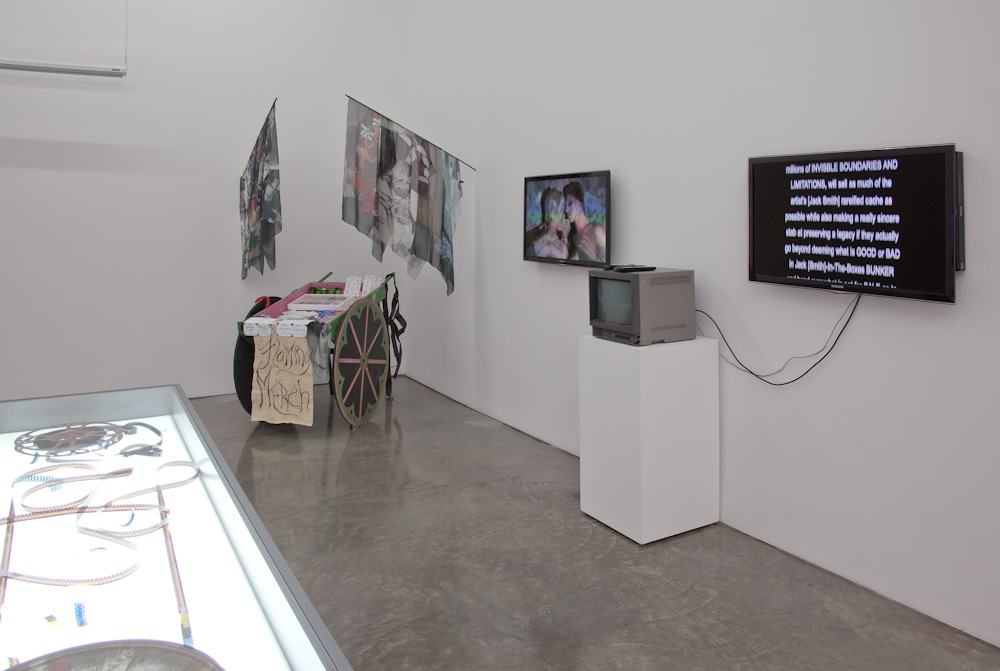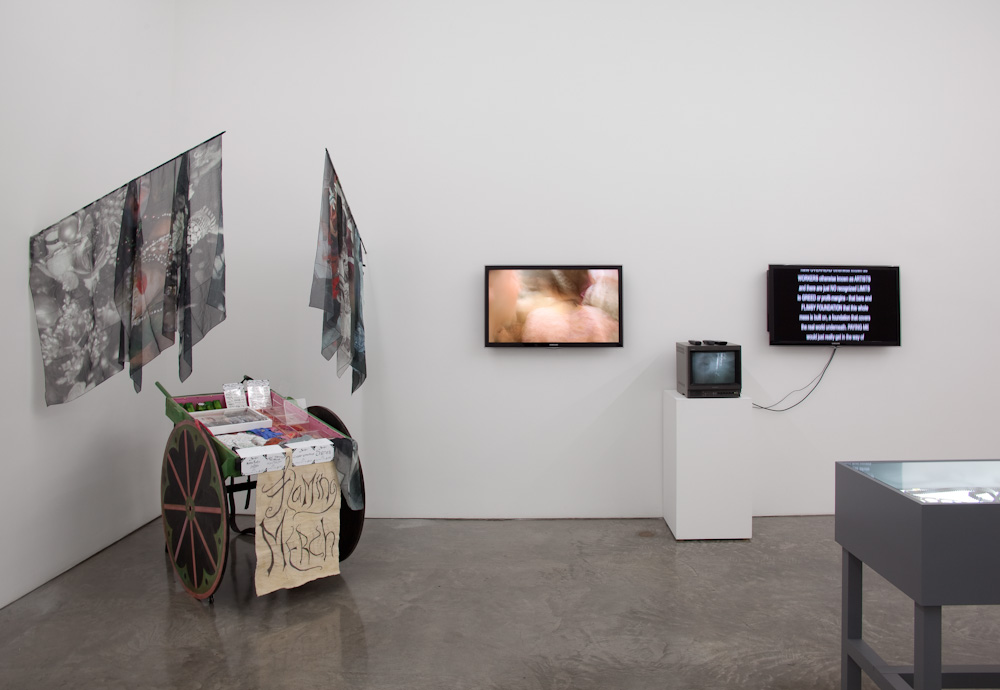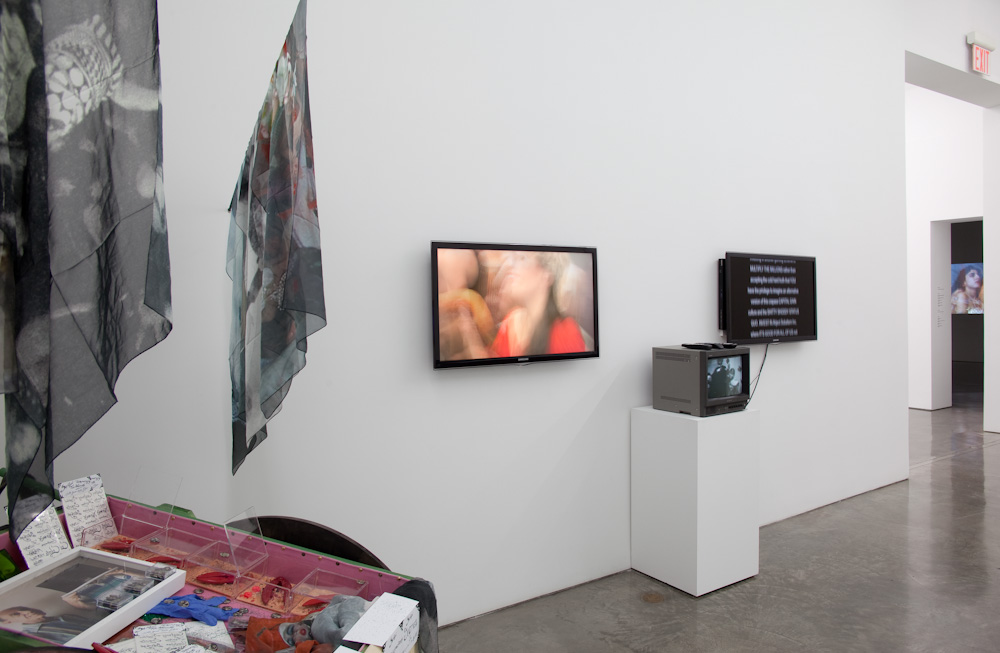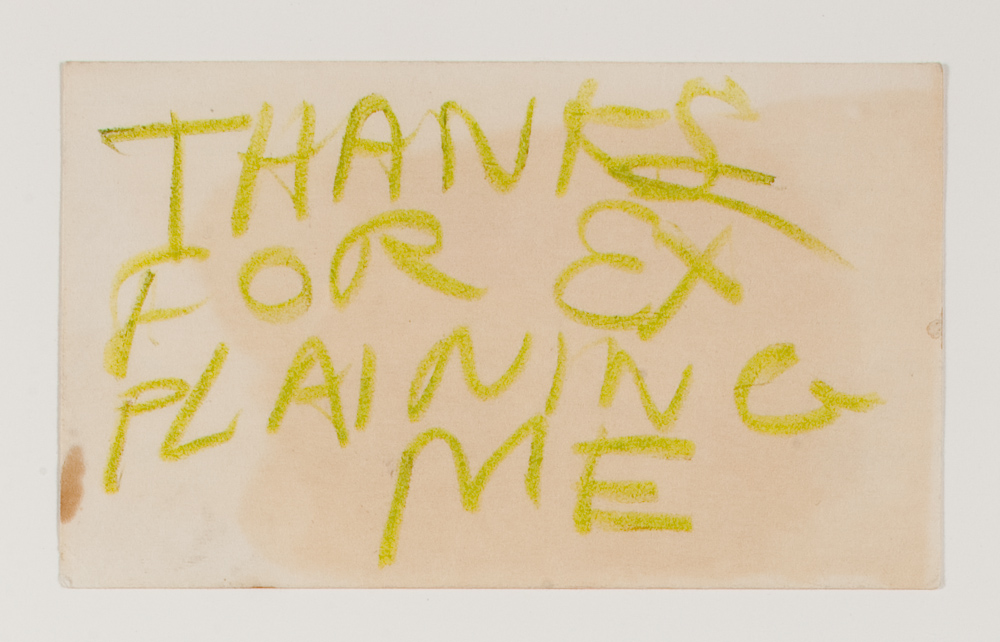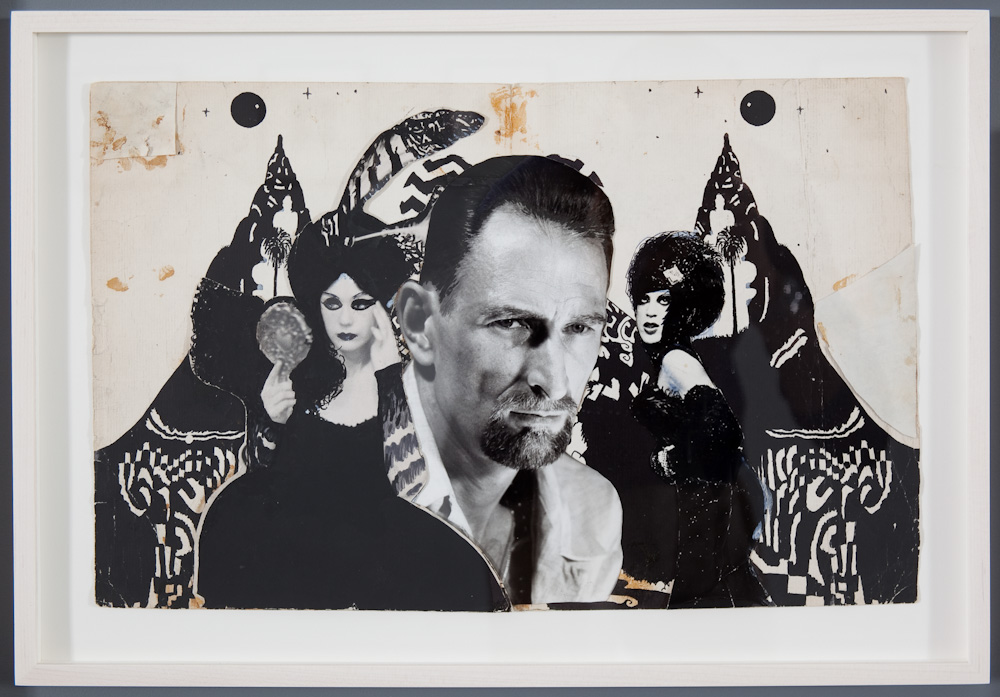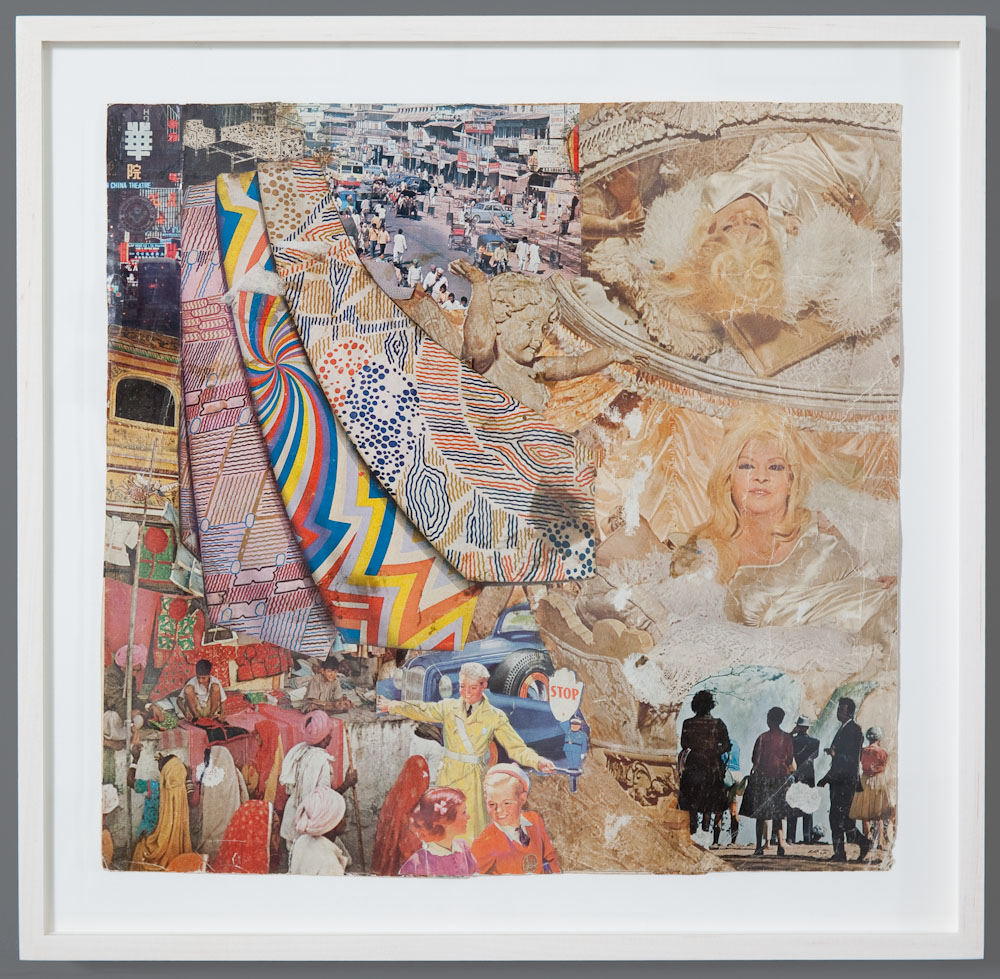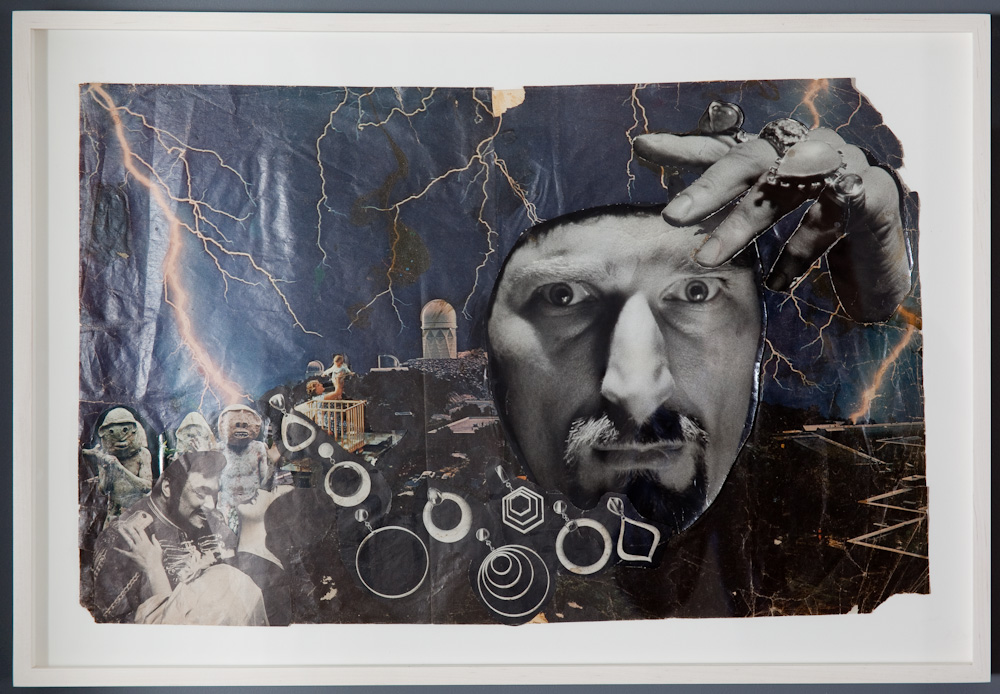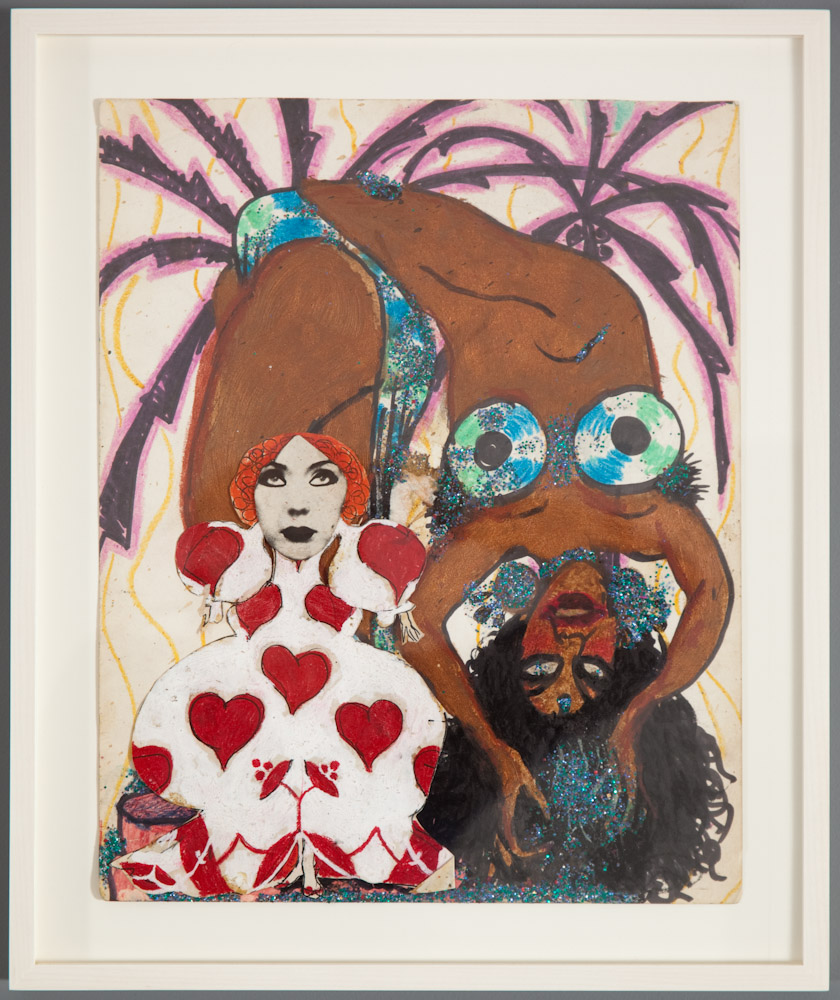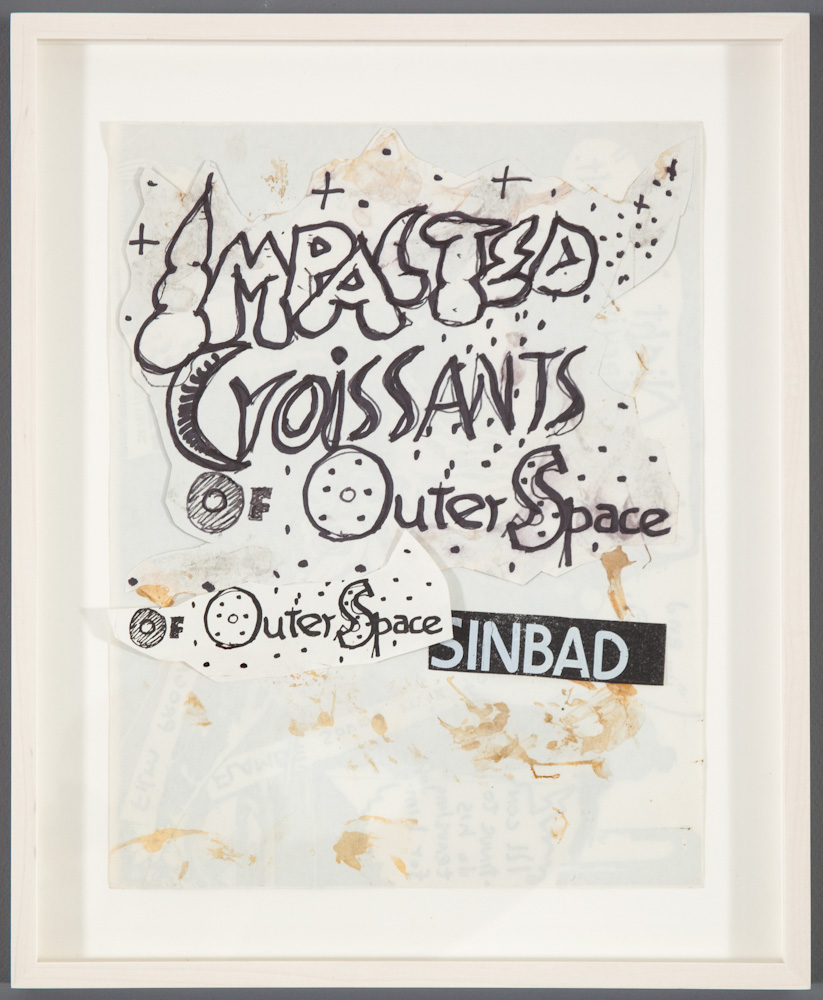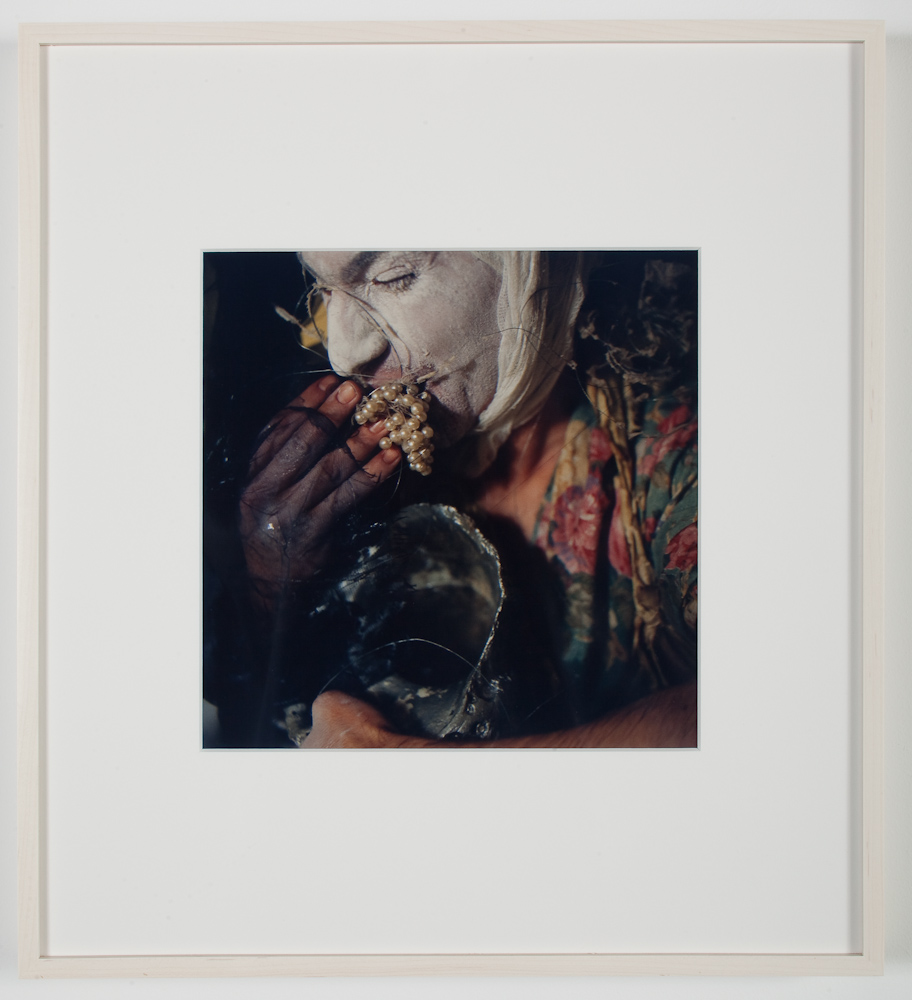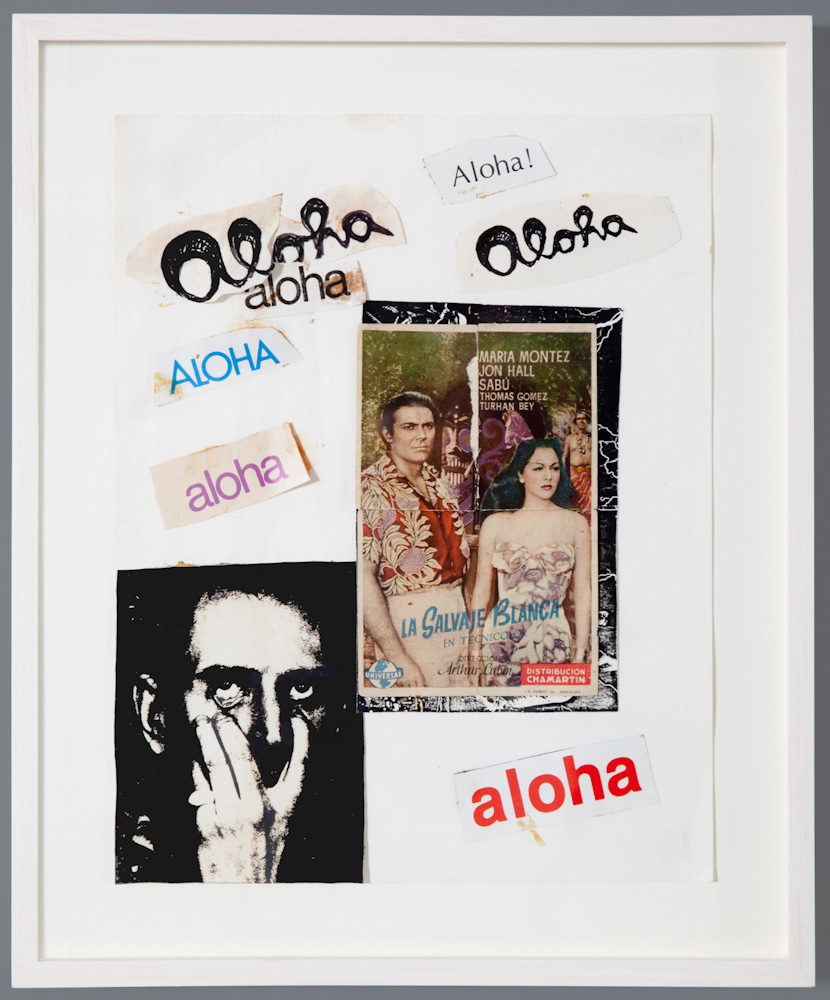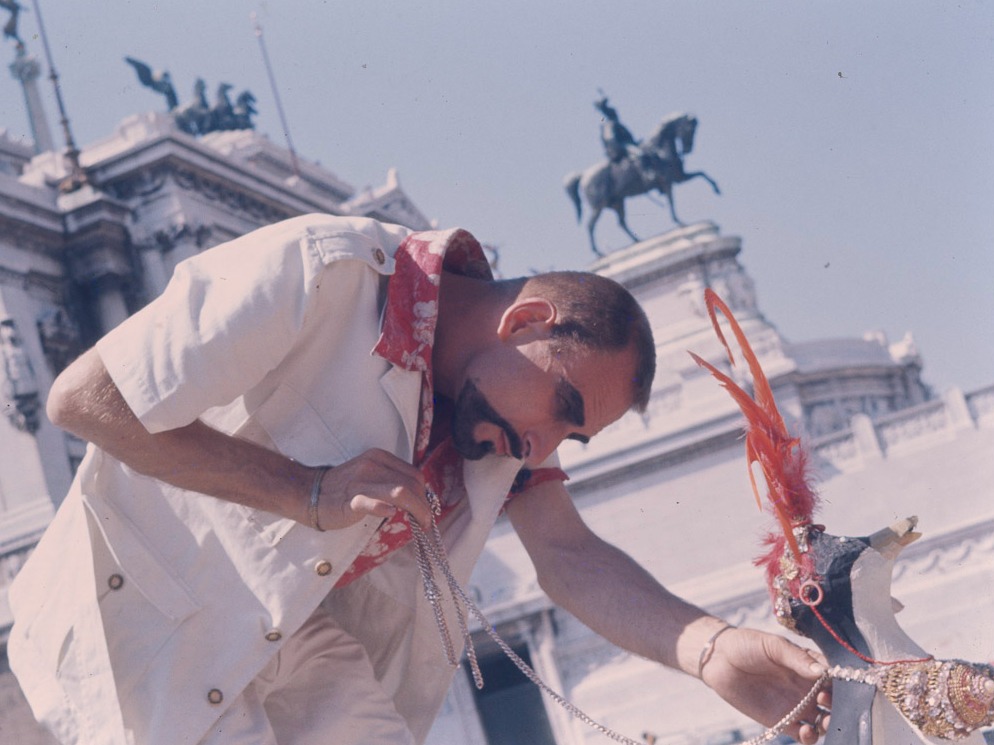Thanks for Explaining Me
May 6 — June 16, 2011
New York: 24th Street
Gladstone is pleased to announce our first exhibition of works by Jack Smith. Following his arrival in New York in 1953, Smith became one of the most influential members of the American avant-garde and a central figure in the cultural history of the film, performance, and art of downtown New York. Curated by Neville Wakefield, this exhibition will present 12 recently restored films as well as a selection of drawings, collages, never before seen color photographs, black-and-white photographs, and two seminal slide shows. Three collaborative works will also be on view, in which artists Ryan McNamara, A.L. Steiner, and T.J. Wilcox appropriate heretofore unseen Jack Smith film material to create contemporary meditations on Smith’s fascinating life and work.

Installation
Work
About

Jack Smith, Untitled (Studio Portrait), c.1970
Black and white photograph by Sal Terra-Cina Photo
13 1/8 x 10 1/4 inches (33.3 x 26 cm)
Jack Smith (1932–1989) was a New York-based filmmaker, photographer, and actor known for his pioneering influence in experimental filmmaking and performance art. Smith moved to New York City in 1953, where he attended film classes at the City College of New York, finding employment as a photographer. He studied dance with Ruth St. Denis, direction with Lee Strasberg, and worked as an actor and assistant with Ken Jacobs before shooting his first film, Scotch Tape, in 1959. His best-known film, Flaming Creatures (1963), was confiscated by the New York Police Department and banned throughout the United States due to nudity and charges of obscenity. Smith never again created a finished artwork. His next film, Normal Love (1963), was often re-spliced as it ran, repeatedly reedited, and regularly awarded new titles such as Normal Fantasy, Exotic Landlordism of Crab Lagoon, and The Great Pasty Triumph. From the late 1960s into the 1980s, Smith focused on theater and performance, and combined live happenings with screenings of films and slideshows. Throughout his life, Smith pioneered a radical artistic practice that challenged the economic conditions of late capitalism, fixed definitions of gender and sexuality, and the production and dissemination of art itself. Smith’s influence pervades experimental filmmaking and performance art in the US to this day, and is present in the works of Andy Warhol, John Waters, Laurie Anderson, and Cindy Sherman, among countless others. In 1998, The Institute for Contemporary Art/P.S.1 Museum mounted Jack Smith: Flaming Creature: His Amazing Life and Times, a retrospective of his work that traveled to Pittsburgh, Pennsylvania; Berkeley, California; and Berlin, Germany.
More on Jack Smith
